DESCRIPTION
Piokind-M 15 Tablet should be taken in the dose and duration as advised by your doctor. It must be taken with food to avoid stomach upset. If you miss a dose, take it as soon as possible. However, if it is almost time for your next dose, skip the missed dose and go back to your regular schedule. Do not double the dose. Overdose may lead to low blood sugar (hypoglycemia).
Some people may develop common side effects like nausea, loss of appetite, taste changes, stomach pain, diarrhea, and edema (swelling). However, these are usually not bothersome. If these do not resolve or worry you, please consult your doctor.
Uses
- To manage type II diabetes mellitus (as a second line of therapy)
Works
PIOKIND M 15MG TABLET helps to control blood sugar levels, where metformin works by reducing the amount of glucose released into the blood by the liver and pioglitazone acts by improving insulin sensitivity, thus leading to enhanced utilization of glucose in the peripheral organs and better glycemic control.
How to use
Take PIOKIND M 15MG TABLET as directed by your physician. Take this medicine with or without food, swallow the medicine as a whole and do not crush or chew the medicine. Your doctor will decide the correct dose and duration for you depending on your age and disease condition. Do not stop taking PIOKIND M 15MG TABLET without informing your doctor.
Side Effects
Common
- signs of upper respiratory tract infection (cough, sore throat, chest tightness, or wheezing)
- anemia
- hypoaesthesia (diminished sense of touch)
- headache
- visual disturbance
- arthralgia (joint pain)
- erectile dysfunction
- blood in urine (hematuria)
- weight gain
- nausea, vomiting, diarrhea, abdominal pain, and loss of appetite
- taste disturbance
- numbness
Uncommon
- difficulty sleeping
- inflammation of the sinus (sinusitis)
- bladder cancer
- flatulence
Stop taking PIOKIND M 15MG TABLET and contact your doctor immediately if you experience any of the following side effects:
- serious allergic reaction (such as skin rash, itching, swelling of the face, lips, mouth, tongue, or throat, difficulty in swelling or breathing)
- symptoms of lactic acidosis (such as vomiting, stomach pain, decreased heartbeat, difficulty breathing, muscle cramps, general weakness with severe tiredness, or reduced body temperature)
- signs of liver inflammation (such as tiredness, loss of appetite, weight loss, with or without yellowing of the skin or whites of the eyes)
- signs of heart failure (such as unusual shortness of breath, a rapid increase in body weight, or localized swelling)
- signs of kidney problems (such as hematuria or bladder cancer)
- hypoglycemia (decreased blood glucose level)
- bone fracture
- blurred vision due to swelling at the back of the eye
How To Manage Side Effects
Diarrhea
Drink a lot of fluids, such as water or fruit juices, to keep yourself hydrated. Avoid taking any medicine on your own to manage diarrhea. Consult your doctor if the symptom does not improve.
Headache
Rest and relax. Drink plenty of fluids, such as water. Apply a pain-relieving balm to your forehead if required. Do not consume too much alcohol. Consult your doctor if the symptom does not improve.
Loss Of Appetite
Eat when you are hungry. Try to eat smaller meals more often than usual. Snack only when you’re hungry. Try to eat a nutritious snack that is high in calories and protein, such as dried fruit and nuts. Consult your doctor if the symptom does not improve.
Nausea And Vomiting
Stick to simple meals. Avoid eating oily, fried, or spicy foods. Do not lie down or go to sleep immediately after eating. Consult your doctor if the symptom does not improve.
Stomach Pain
Rest and relax. Eat and drink slowly or try to have smaller and more frequent meals. Keep a heat pad on your stomach. Do not self-manage on your own and consult your doctor if the symptom does not improve on its own.

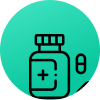
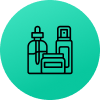

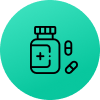

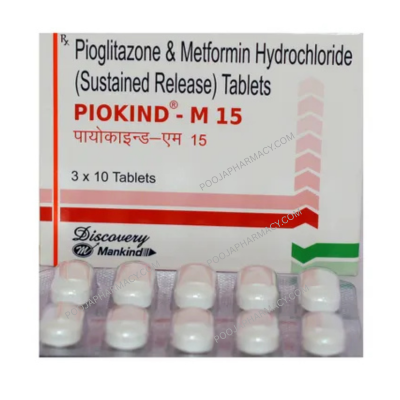
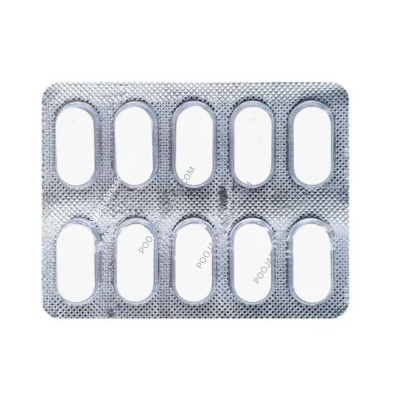
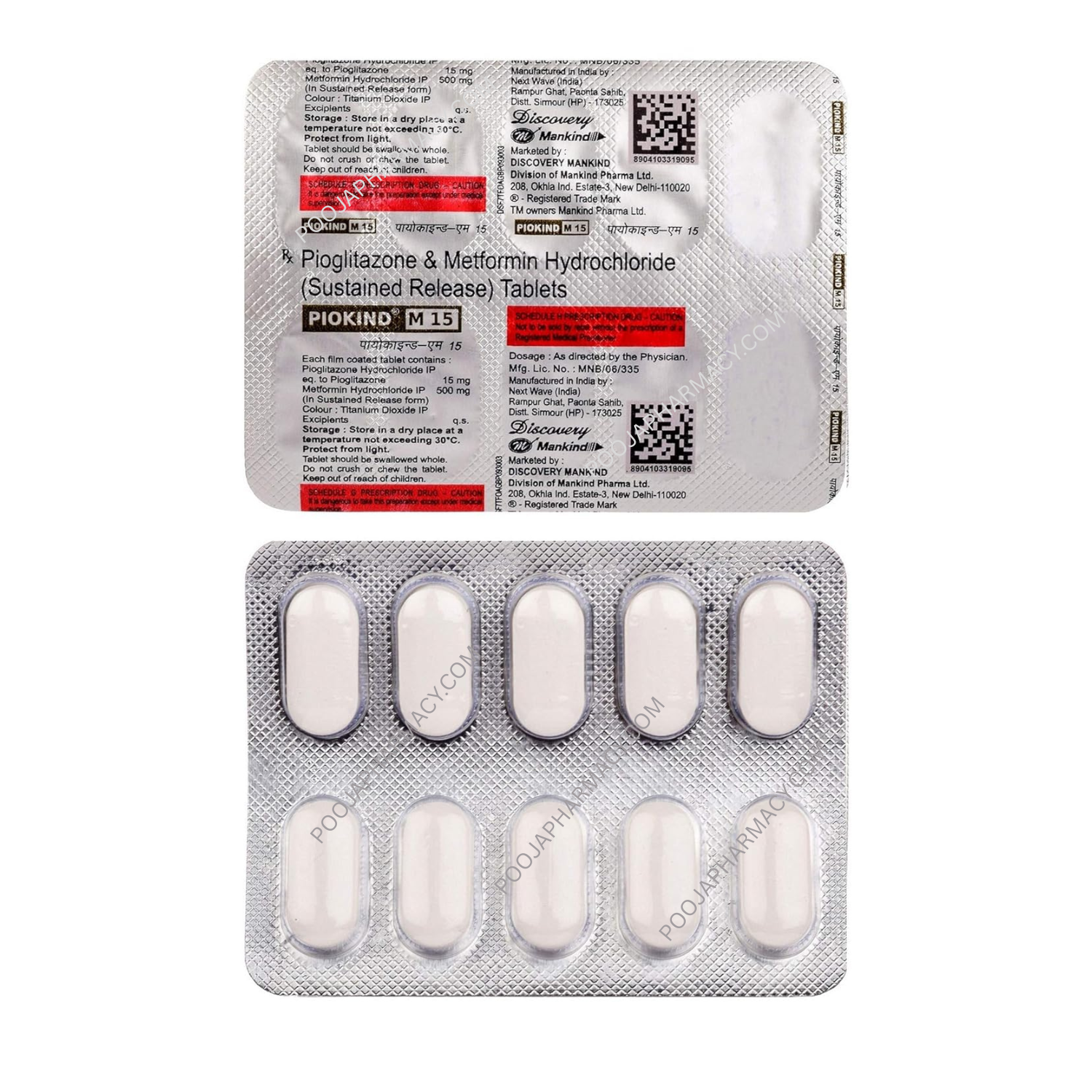




Reviews
There are no reviews yet.